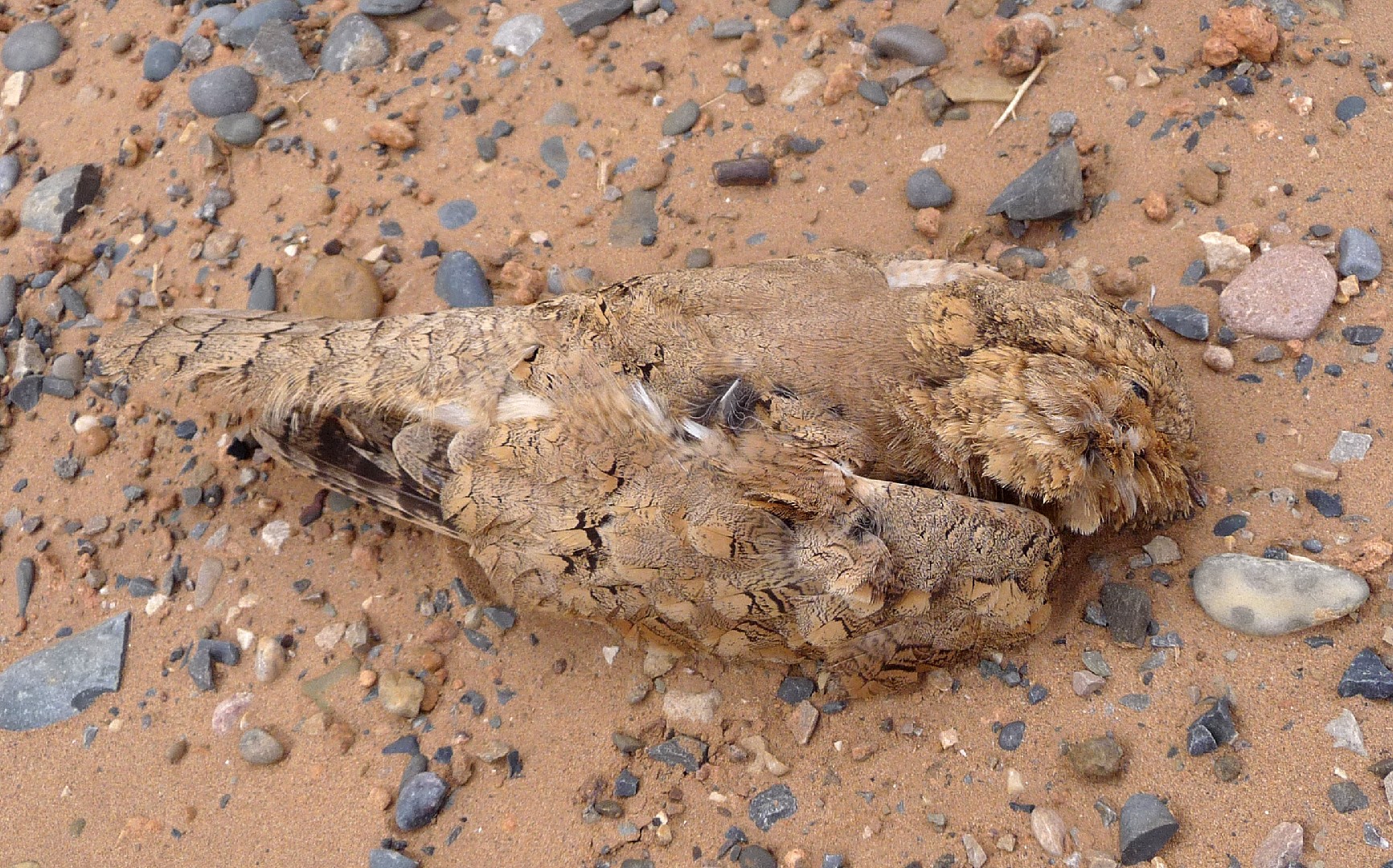Egyptian Nightjar
A species of Old World Nightjars Scientific name : Caprimulgus aegyptius Genus : Old World Nightjars
Egyptian Nightjar, A species of Old World Nightjars
Botanical name: Caprimulgus aegyptius
Genus: Old World Nightjars
Content
Description General Info
Description
The variegated plumage is much paler than the European nightjar. The adult is sand-colours, barred and streaked with buff and brown. The under parts are sandy or whitish. It is smaller, but relatively longer-winged and longer-tailed than the more widespread species. Like other nightjars, it has a wide gape, long wings, soft downy plumage and nocturnal habits. The male has tiny white wing spots. The length is 25 cm, and the wingspan 55 cm. Its call is a repetitive mechanical kroo-kroo-kroo…, which rises and falls as the bird turns its head from side to side. 
Size
26 cm
Nest Placement
Ground
Feeding Habits
Egyptian Nightjar primarily feasts on insects like beetles, moths, and grasshoppers. They exhibit unique behavior by foraging low over various terrains and occasionally form small feeding groups. A notable dietary adaptation includes drinking in flight by skimming water surfaces with their bill.
Habitat
The habitat of egyptian Nightjar encompasses arid environments such as deserts, semi-deserts, and arid plains with scattered vegetation, including scrub and tamarisk trees. These birds are often found near water sources. During winter, they inhabit dry regions with vegetation like Salsola and Artemisia or agricultural areas such as rice fields.
Dite type
Insectivorous
General Info
Feeding Habits
Bird food type
Distribution Area
The Egyptian nightjar is native to northern Africa, the Arabian Peninsula and the Middle East. Its range includes Afghanistan, Algeria, Bahrain, Chad, Egypt, Iran, Iraq, Israel, Jordan, Kazakhstan, Kuwait, Libya, Mali, Mauritania, Morocco, Nigeria, Oman, Pakistan, Saudi Arabia, Senegal, South Sudan, Sudan, Tajikistan, Tunisia, Turkmenistan, United Arab Emirates, Uzbekistan and Yemen. It is a rare visitor to Europe, and has occurred as a vagrant in Denmark, Germany, Italy, Malta, Sweden and the United Kingdom. Its typical habitat is open desert with a few scattered trees or bushes. It is often found near water in areas with sparse vegetation and scrub. Over-wintering birds in Sudan can be found in areas with long grass. 
Scientific Classification
Phylum
Chordates Class
Birds Order
Nightjars and Relatives Family
Nightjars and nighthawks Genus
Old World Nightjars Species
Egyptian Nightjar 